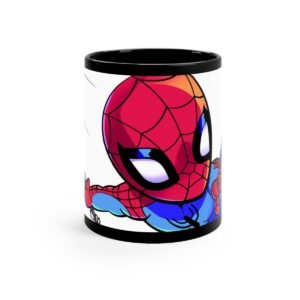Wheat plays a vital role in Palworld, nourishing your character and serving as a key ingredient for various recipes. Whether you’re whipping up a batch of fluffy pancakes or crafting hearty bread, a steady supply of wheat is essential for survival and, well, deliciousness. Unlike wood and stone, which are readily available throughout the world, wheat doesn’t sprout naturally. So, to become a self-sufficient baker (or pancake pro), you’ll need to cultivate your own wheat farm.
This guide will walk you through the process of building and managing a thriving wheat farm in Palworld, from acquiring those precious seeds to automating your harvest with the help of your trusty Pals.
Seeding the Groundwork: Acquiring Wheat Seeds

The first step to wheat-tastic success is acquiring those elusive seeds. While you won’t stumble upon them growing wild, there are a couple of ways to get your hands on them:
- Befriending the Grassy Bunch: Certain grass-element Pals have a chance of dropping wheat seeds when defeated or captured. These Pals, like the adorable Beegarde and the majestic Dinossom, can be found frolicking in the meadows near the Rayne Syndicate Tower. If you’re feeling a bit peckish, remember that some of these Pals can also be turned into tasty meals – a true farm-to-table experience!
- Trading with the Traveling Merchant: For those who prefer a more peaceful approach, a friendly red-clad merchant in the Small Settlement sells wheat seeds for 100 Gold. While this might seem like a hefty price tag early on, it can save you time and energy compared to hunting down Pals. Remember, you can always earn some extra Gold by exploring and looting scattered chests throughout the world.

- The following is a list of grass-element Pals that can provide wheat seeds:
- Beegarde
- Bristla
- Broncherry
- Broncherry Aqua
- Caprity
- Cinnamoth
- Dinossom
- Elizabee
- Flopie
- Gumoss
- Lifmunk
- Lyleen
- Mammorest
- Mossanda
- Petallia
- Robinquill
- Robinquill Terra
- Tanzee
- Vaelet
- Verdash
- Warsect
- Wumpo Botan
- While there are many grass-type Pals, it is advisable to capture creatures like Dinossom, Cinnamoth, Lifmunk, and Robinquill Terra as they are weaker. They can be defeated even without powerful equipment.
From Seed to Sprout: Planting Your Wheat Farm

Once you’ve secured your precious seeds, it’s time to get planting! But before you start digging, make sure you’ve reached Technology Level 15. At this point, you’ll be able to craft a wheat plantation from the food section of your building menu. Gather the following materials to get started:
- 3 Wheat Seeds
- 35 Wood
- 35 Stone
With your newly crafted plantation in hand, find a sunny spot on your land and place it down. Now, the fun (and farming) begins! Plant your seeds, give them a good watering with your trusty watering can, and watch them sprout into golden wheat stalks.
Reaping the Rewards: Harvesting and Automating Your Farm
After a few days of patient waiting, your wheat will be ready for harvest. Simply interact with the mature stalks to gather the golden grains. But who says you have to do all the work yourself? That’s where your trusty Pals come in! Certain Pals, like the hardworking Gumoss and the cheerful Pengullet, can be assigned to your farm to automate the watering and harvesting process. Sit back, relax, and watch your Pals do the dirty work (well, not literally dirty, hopefully) while you explore the world or craft new gear.

With a little planning and effort, you’ll soon be the proud owner of a thriving wheat farm in Palworld. Remember, patience is key – those seeds won’t sprout overnight! But with a bit of dedication and the help of your loyal Pals, you’ll be harvesting bountiful crops of wheat in no time, ready to bake up a storm and fuel your Palworld adventures.
Bonus Tips for Flourishing Wheat Farms:
- Location, Location, Location: Choose a sunny spot for your farm with plenty of fertile soil. Avoid placing it in shady areas or near bodies of water.
- Pals Make Perfect: Assign Pals with the right skills to your farm to maximize efficiency. Gumoss and Pengullet are great for watering and harvesting, while Cattiva can transport your crops to storage.
- Think Big, But Start Small: Don’t try to build a massive farm right away. Start with a few plots and expand as you gather more resources and Pals.
- Get Crafty: Use your crafting skills to build scarecrows and fences to protect your crops
See more information in the Game News section here.













